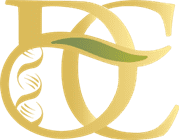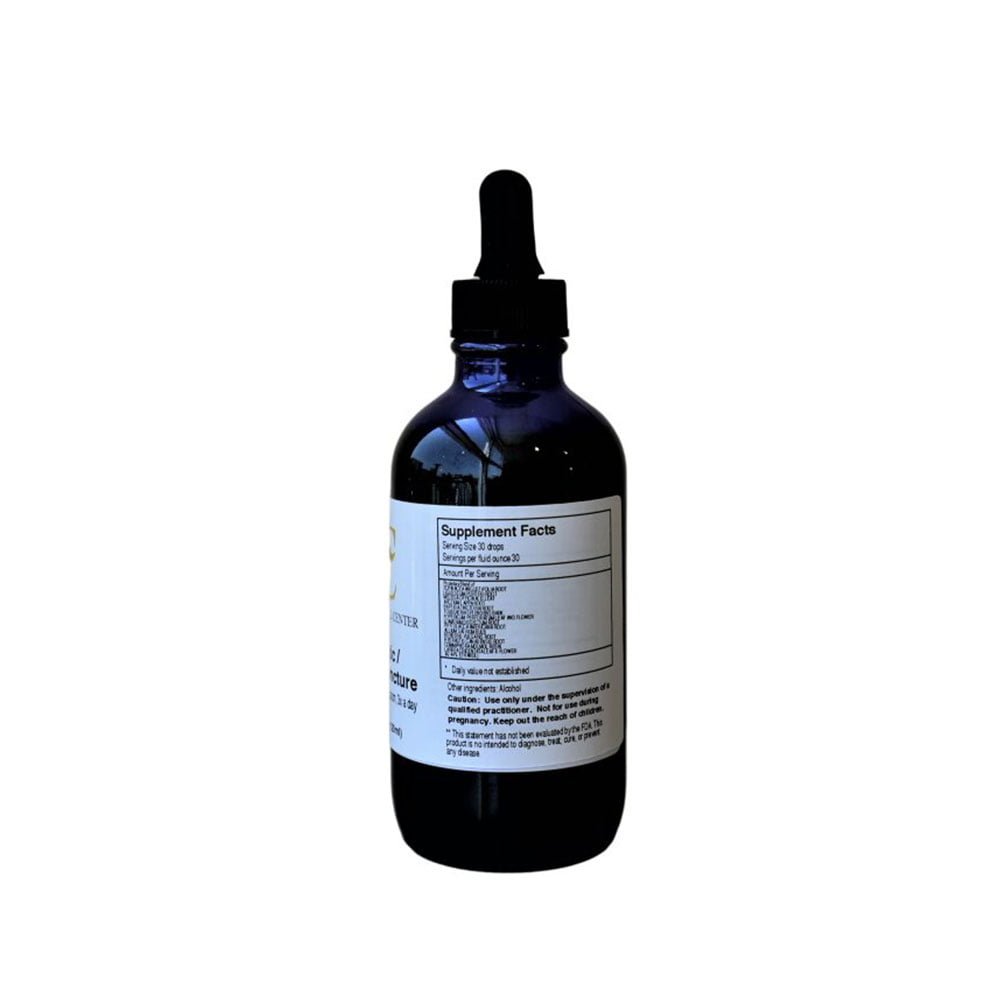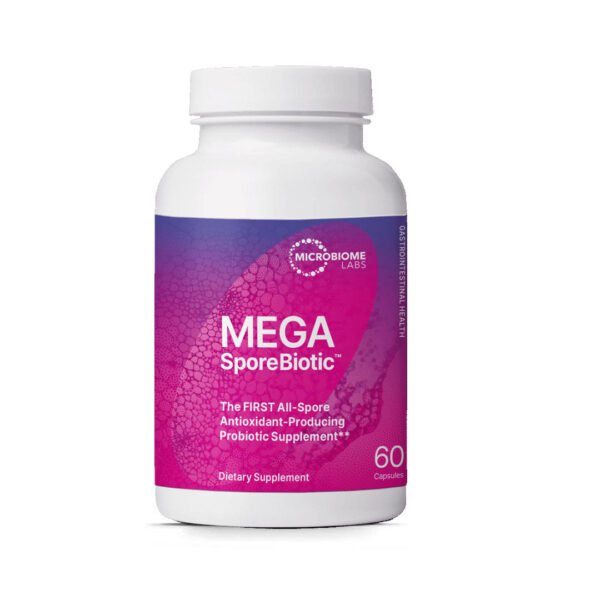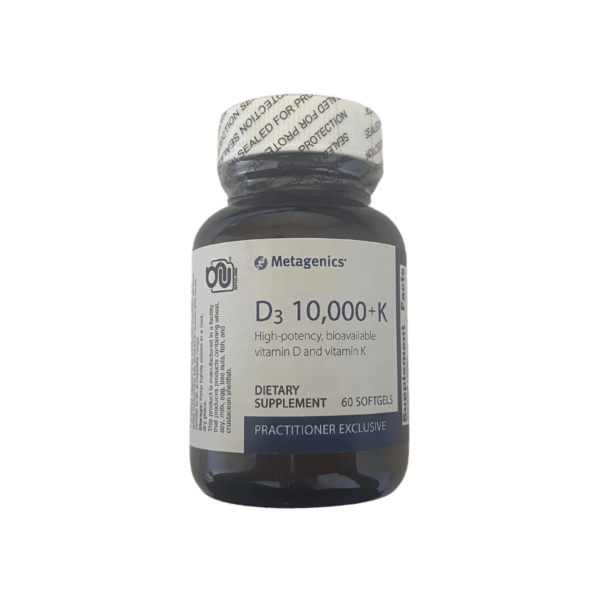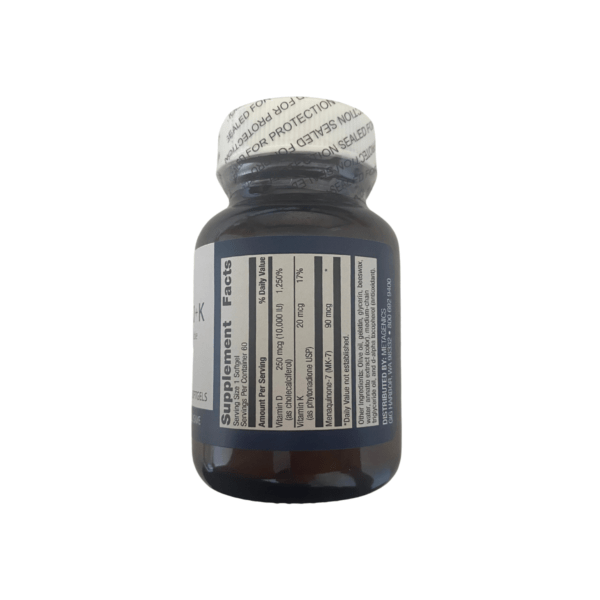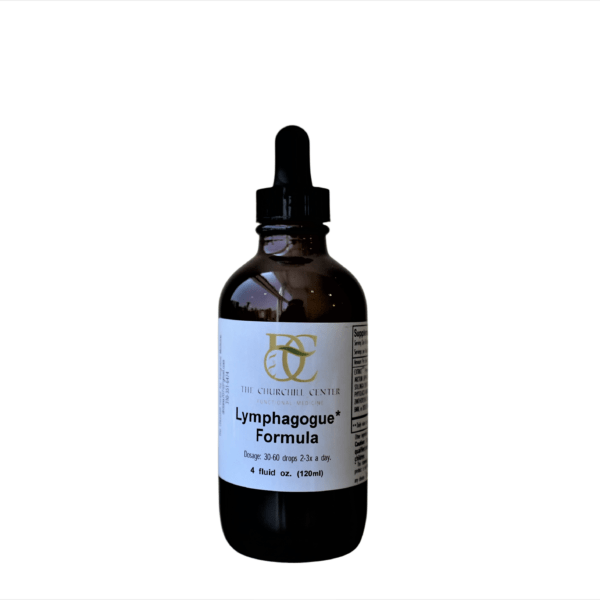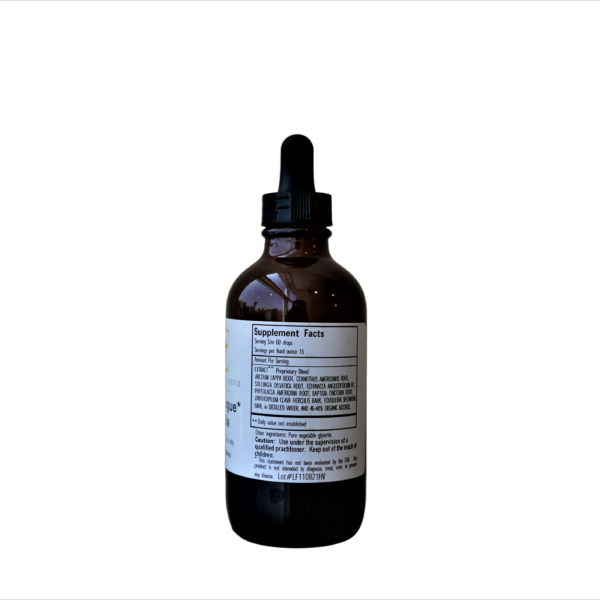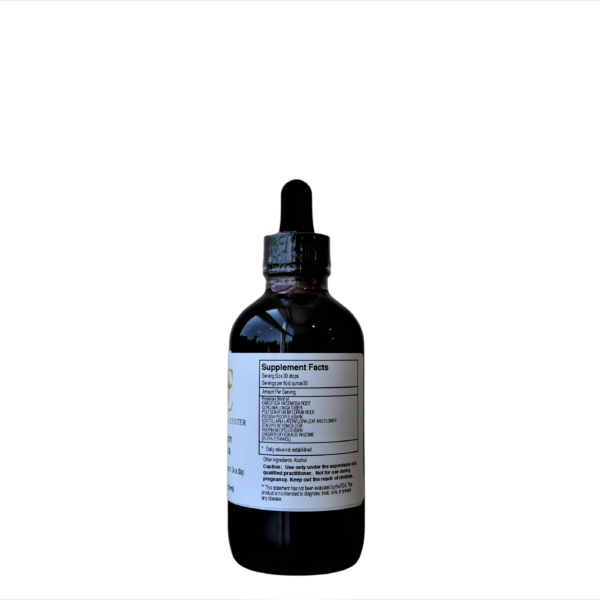Description
Echinacea Angustifolia root, Ligusticum porteri root, Melissa officinalis leaf, Arctium lappa root, Baptisia tinctoria root, Fouquieria splendens bark, Hypericum perforatum leaf and flower, Lomatium dissectum root, Phytolacca americana root, Allium sativum bulb, Berberis vulgaris root, Hydrastis Canadensis root, Commiphora molmol resin, Larrea tridentata leaf & flower. (42-44% ethanol ).
This formula is a combination of potent antimicrobial, alterative and lymphagogue herbs that stimulate immunity and activate detoxification pathways (skin, liver, digestion, lymph) and Antiviral nervine herbs combined with alterative and lymphagogue herbs detoxify while tonifying mucous membranes and the immune system.
Not for children, pregnancy, or breast feeding.
Here are some of the highlights: And why It is so potent:
a. Echinacea purpurea and angustafolia:
Recent research has found that Echinacea was found to have potent anti-viral activities especially against: HSV oral and genital, Human and Avian influenza, Rhino virus, and Respiratory syncytial virus. As well as anti-inflammatory properties too.
b. Allium sativum bulb: Garlic
Its medical use traces back to 5,000 years ago in Asia where it was used to ward off evil spirits and improve health. Garlic contains more than 100 biologically useful secondary metabolites. It has compounds effective against human systemic fungal infections and cryptococcal meningitis, as well as both bacterial growth in gram negative and positive bacteria and yeast. Garlic has been shown to reduce blood clotting and to reduce blood pressure, treatment of thromboembolic disorders, and inhibits platelet aggravation. Provides protection against: hypercholesterolemic, artherosclerosis, ischemia-reperfusion-induced, arrhythmias and infarctions. A powerful compound found in garlic DATS is extremely effective in reducing growth of human lung carcinoma cells in culture. garlic stimulates the activity of macrophages and bulbs increase the activity of helper T cells. It is also effective in treating upper respiratory viral infections and protects cell membranes from DNA damage.
c. Berberis vulgaris root: Barbarry: In ancient Egypt, barberry was used as a preventative remedy against plague, and the Ayurveda healers of India used it as a remedy for dysentery. Has been use for: powerful immune system stimulation. Works against these bacteria: Pseudomonas aeruginosa, Salmonella typhi, Staphylococcus aureus, Viridans streptococci and Escherichia coli.
d. Hydrastis canadensis root Goldenseal:
contains berberine, effective against bacteria and fungi. Berberine also has properties that can lower blood pressure and help irregular heartbeat. People use goldenseal for the common cold and other upper respiratory tract infections, hay fever, diarrhea, constipation, and many other conditions. In folk medicine it is used for the treatment of gastrointestinal disturbances, urinary disorders, hemorrhage, skin, mouth, and eye infections, and inflammation. This herb posses strong anti-bacterial properties. Works on infections in: GI, UTI, Respiratory system, skin, mucous membranes, and as an antiseptic to treat wounds.
e. Baptisia tinctoria root Wild indigo:
is a herb to be considered wherever there is a focus of infection. This remedy supports and stimulates the body’s own immune response to infection. It is especially useful in the treatment of infections and catarrh in the ear, nose and throat. It may be used for laryngitis, pharyngitis, tonsillitis and catarrhal infections of the nose and sinus. Used internally it may be helpful in the treatment of enlarged and inflamed lymph glands and also to reduce fevers. Externally an ointment will help infected ulcers.
f. Phytolacca americana root Poke weed:
anti-tumor, breast cancer, mastitis, PAP the active compound is cycto toxic to cancer cells and viruses. Anti-inflammatory, lymphagogue, periodontal disease and cavities. If can be toxic in high doses. Can use as topical for swollen lymph glands or orally.
g. Hypericum perforatum leaf and flower:
Acts as an anti-depressant, anxiety, cuts burns, and kills infections bronchitis virus (IBV) research. Inhibits, infection and replication in multiple viruses. Bacterial and viral diseases, anti-inflammatory, Antioxidant and neuroprotective
Lomatium dissectum root:
he western Indians have long used this plant to prevent and treat many ailments. The Washoe Indians called the medicinal root of this plant “the Dortza”, meaning – “heap powerful medicine.”During the flu pandemic of 1917-1918, the root came into extensive use by the two Washoe Indian tribes, who were free from respiratory illness and that no deaths had been attributed to the influenza “bug.” But other Indians and white ppl alike were dropping like flies throughout the entire region then. Dr. Krebs used some of herb given to him by the Washoe on his pts in San Fran and he said, “they just stopped dying” But some pts are susceptible to a rash it can cause. It is anti-fugal, anti-viral and anti-bacterial but does not kill our good gut flora!
